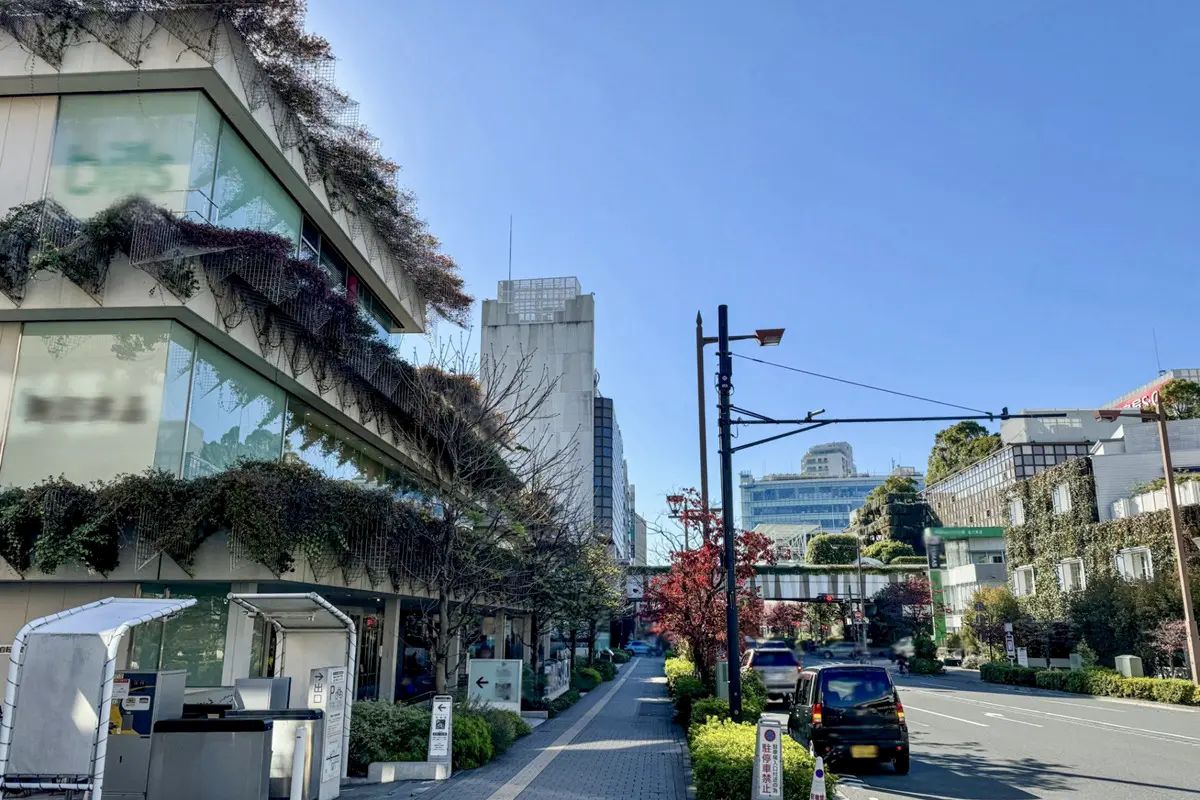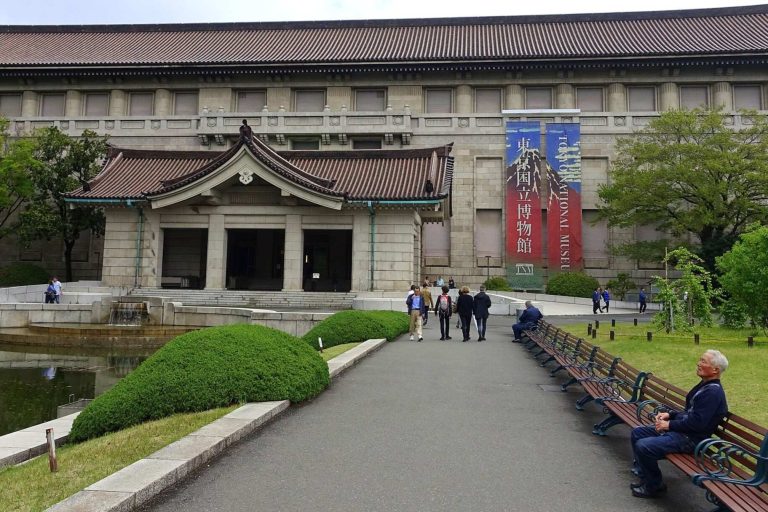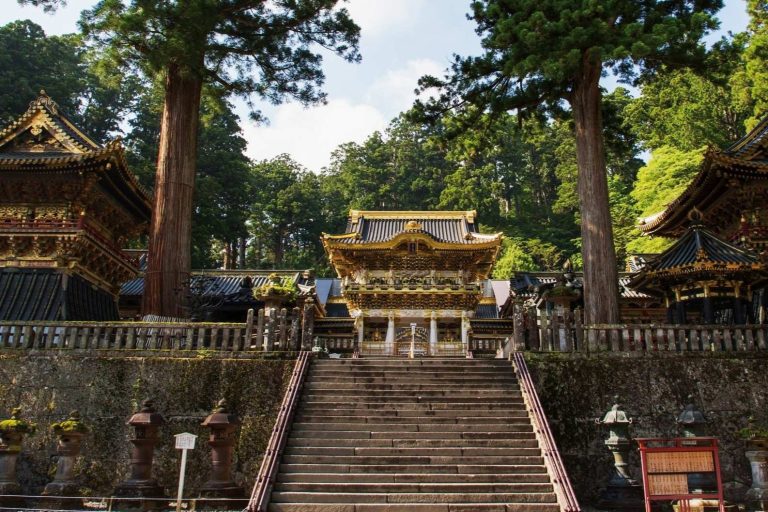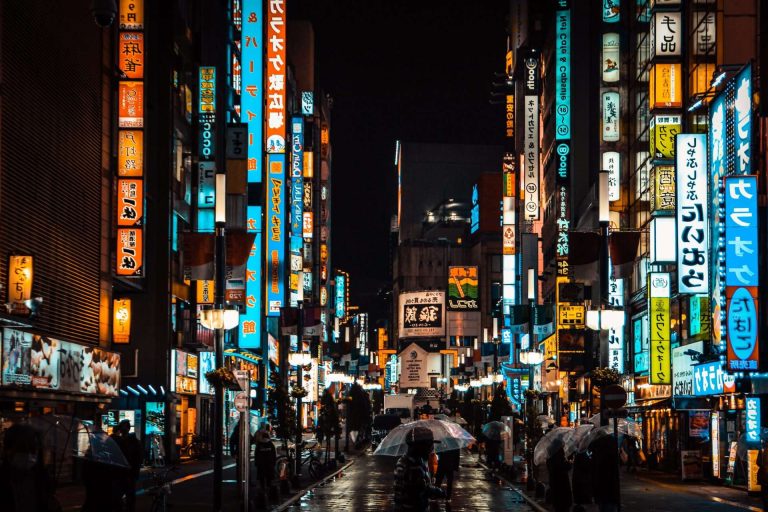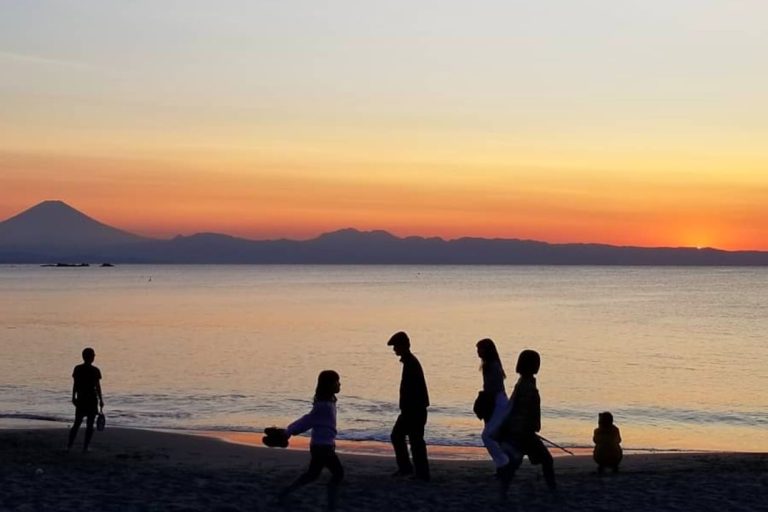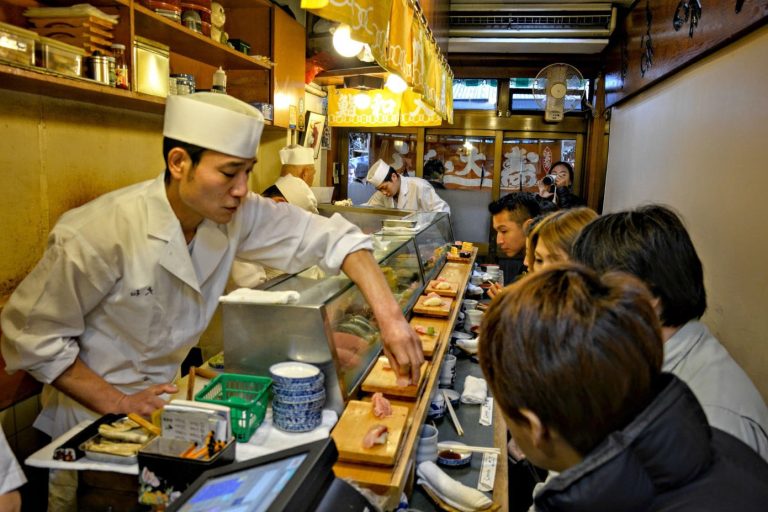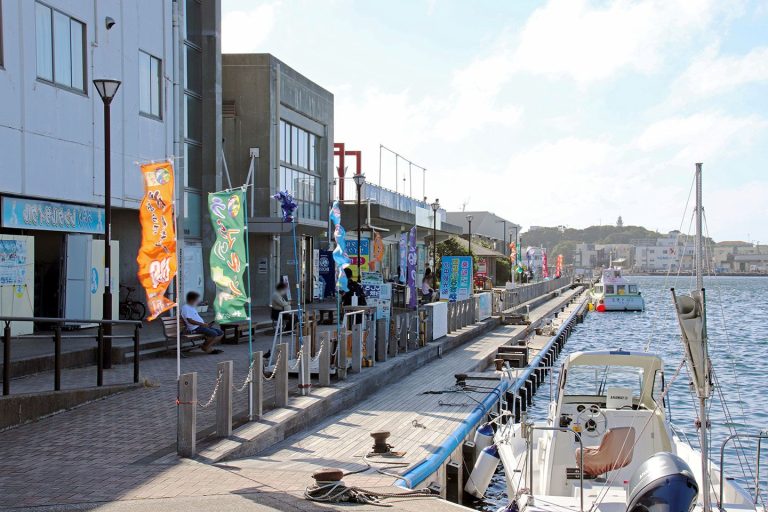Overview of Nikotama Arts District
Nikotama stands as one of Tokyo’s most vibrant creative neighborhoods, where contemporary art seamlessly blends with traditional Japanese aesthetics. This district has transformed from a quiet residential area into a bustling hub of artistic expression, drawing both local creatives and international visitors. The area’s unique character stems from its organic development, where independent artists, gallery owners, and café entrepreneurs have collectively shaped its identity over the past two decades.
The district’s appeal lies in its authentic, grassroots atmosphere that contrasts sharply with Tokyo’s more commercialized art scenes. Walking through Nikotama’s winding streets reveals a tapestry of creativity at every corner, from street murals adorning building walls to sculptural installations nestled between traditional shops. This artistic ecosystem thrives on collaboration and community, making it a living canvas that continuously evolves with each new creative voice that joins its ranks.
Historical Significance
Nikotama’s transformation began in the early 2000s when rising rents in central Tokyo pushed many artists to seek affordable studio spaces in this then-overlooked neighborhood. The area’s industrial buildings and vacant lots provided the perfect canvas for creative experimentation. Local government initiatives in 2005 officially recognized the district’s cultural potential, leading to zoning changes that encouraged artistic ventures and cultural businesses.
Cultural Impact
The district has become a cultural bridge between Tokyo’s traditional arts scene and its cutting-edge contemporary movements. Local festivals and art walks regularly draw thousands of visitors, while international art publications frequently feature Nikotama’s emerging talents. This cultural significance extends beyond art, influencing fashion, music, and culinary trends throughout the greater Tokyo metropolitan area.
Artistic Styles and Movements
Nikotama embraces diverse artistic expressions, from minimalist installations to bold street art. The district particularly champions sustainable art practices and community-engaged projects. Many artists here work with recycled materials and focus on environmental themes, reflecting broader Japanese values of resourcefulness and harmony with nature. Neo-traditional movements also flourish, where artists reinterpret classical Japanese techniques through contemporary lenses.
Key Attractions
Visitors shouldn’t miss the monthly Art Walk, where galleries open their doors simultaneously for guided tours. The district’s central plaza hosts rotating outdoor installations, while the converted warehouse complex houses multiple studios and exhibition spaces. The area’s artistic heritage trail connects significant murals and sculptures, creating a self-guided tour that reveals the neighborhood’s creative evolution.
Cafés in Nikotama
The café culture in Nikotama reflects the district’s artistic soul, with each establishment serving as both a gathering place and an extension of the local creative community. These cafés go beyond serving excellent coffee; they function as informal galleries, co-working spaces, and cultural salons where ideas flow as freely as the carefully crafted beverages. The café scene here represents a perfect marriage of Japanese hospitality traditions with contemporary creative expression.
Unlike the bustling café districts of Shibuya nightlife and shopping or the refined establishments in Ginza luxury shopping and dining, Nikotama’s coffee culture maintains an intimate, community-focused atmosphere. Many café owners are artists themselves, creating spaces that reflect their personal aesthetic vision while serving as platforms for fellow creatives. This authentic approach has attracted coffee enthusiasts from across Tokyo, who appreciate the thoughtful curation and artistic ambiance that defines each establishment.
Popular Café Trends
Single-origin coffee sourcing dominates the local scene, with many establishments building direct relationships with international coffee farmers. Latte art has evolved into a legitimate art form, with baristas regularly participating in competitions. Plant-based milk alternatives and sustainable packaging reflect the district’s environmental consciousness, while seasonal menu rotations celebrate Japanese ingredients and traditional flavors.
Unique Café Concepts
Several cafés double as art galleries, rotating exhibitions monthly to showcase local talent. Workshop cafés offer pottery, painting, and crafting sessions alongside coffee service. Some establishments feature artist residencies, where visiting creatives work in visible studios while customers enjoy their beverages. Book cafés combine extensive art and design libraries with comfortable reading nooks and specialty drinks.
Café Architecture and Design
Repurposed industrial spaces characterize many café interiors, with exposed concrete and steel beams creating dramatic backdrops for artistic displays. Natural lighting takes precedence, with large windows and skylights illuminating both artwork and coffee preparation areas. Sustainable materials like reclaimed wood and recycled fixtures align with the district’s environmental values while creating warm, inviting atmospheres.
Local Favorite Spots
Morning regulars gravitate toward establishments that open early and offer quiet spaces for contemplation or creative work. Afternoon hotspots tend to be more social, with communal tables and regular events. Evening cafés often transform into intimate venues for poetry readings, acoustic performances, or art discussions, extending the cultural experience well beyond traditional coffee shop hours.
Art Galleries and Exhibitions
Nikotama’s gallery scene operates on a more intimate scale than Tokyo’s major museum districts, creating opportunities for meaningful dialogue between artists and audiences. These spaces prioritize experimental work and emerging voices, often featuring artists who haven’t yet gained representation in more established venues. The gallery ecosystem here functions as an incubator for new ideas, where risk-taking and innovation are celebrated over commercial appeal.
The district’s approach to exhibitions differs markedly from the formal presentations found in areas like Ueno museums and park or Roppongi art and nightlife. Here, galleries often blur the boundaries between exhibition space, studio, and community center. This flexibility allows for dynamic programming that responds to current events, seasonal changes, and the evolving interests of the local creative community.
Notable Art Galleries
Studio Gallery Mizu showcases contemporary Japanese ceramics and textile arts in a converted bathhouse setting. Concrete Canvas specializes in large-scale installations and video art, utilizing its warehouse space for immersive experiences. Gallery Intersection focuses on collaborative works between Japanese and international artists, fostering cross-cultural creative dialogue through carefully curated group exhibitions.
Current Exhibitions
Seasonal themes dominate current programming, with spring exhibitions exploring renewal and growth through various media. Environmental art installations address climate change using locally sourced materials. Photography exhibitions document the district’s transformation over the past decade, while emerging digital artists experiment with interactive and augmented reality presentations.
Emerging Artists
The district actively supports early-career artists through mentorship programs and subsidized studio spaces. Recent graduates from Tokyo’s art universities often establish their first professional presence here before moving to larger venues. International artists frequently participate in residency programs, bringing global perspectives to the local scene while learning traditional Japanese techniques.
Art Events and Festivals
The annual Nikotama Art Festival transforms the entire district into an open-air gallery, with performances, installations, and workshops occurring simultaneously across multiple venues. Monthly First Friday events coordinate gallery openings, creating festive evenings of art appreciation and community celebration. Seasonal craft fairs highlight traditional Japanese artisan techniques alongside contemporary interpretations.
Shopping in the Arts District
Shopping in Nikotama offers a distinctly different experience from Tokyo’s major retail destinations, focusing on handcrafted items, limited-edition pieces, and direct artist sales. The district’s retail landscape reflects its creative values, emphasizing quality, uniqueness, and the stories behind each item. Shoppers here seek meaningful purchases that connect them to the local artistic community rather than mass-produced goods.
This approach to commerce creates a more personal shopping experience, where customers often meet the artists who created the pieces they’re purchasing. Unlike the fast-paced retail environments of areas focused on mainstream shopping, Nikotama’s stores encourage browsing, conversation, and appreciation of craftsmanship. The result is a retail ecosystem that supports local creators while offering visitors authentic cultural souvenirs.
Local Artisans and Crafts
Ceramic studios sell directly to visitors, offering everything from functional tableware to sculptural pieces. Textile artists create limited-edition clothing and accessories using traditional dyeing techniques. Jewelry makers work with recycled materials and locally sourced stones, creating pieces that reflect the district’s environmental consciousness while maintaining high artistic standards.
Boutique Stores
Independent fashion designers operate small showrooms featuring avant-garde clothing that bridges Japanese aesthetics with international trends. Specialty bookstores curate collections focusing on art, design, and cultural theory. Home goods stores feature furniture and decorative items created by local woodworkers, metalworkers, and ceramic artists.
Marketplaces and Fairs
Weekend markets in the central plaza feature rotating vendors selling handmade goods, vintage items, and artisanal food products. Seasonal craft fairs celebrate traditional Japanese techniques while encouraging contemporary interpretations. Pop-up markets often coincide with gallery openings and cultural events, creating comprehensive cultural experiences for visitors.
Nightlife and Entertainment
Nikotama’s evening scene reflects the district’s artistic character, offering cultural entertainment that extends beyond typical nightlife options. Rather than focusing solely on bars and clubs, the area provides venues for creative expression and intellectual engagement. This approach attracts visitors seeking meaningful evening experiences that combine social interaction with artistic appreciation.
The district’s nightlife maintains a more contemplative pace than Tokyo’s major entertainment districts, creating spaces for conversation, reflection, and creative inspiration. Evening events often blur the lines between performance, exhibition, and social gathering, fostering a unique cultural atmosphere that distinguishes Nikotama from more conventional nightlife destinations.
Cultural Events
Evening poetry readings combine spoken word performances with live musical accompaniment in intimate café settings. Film screenings featuring independent and international cinema occur in repurposed gallery spaces. Artist talks and panel discussions provide opportunities for deeper engagement with creative processes and cultural themes.
Live Music Venues
Small venues focus on acoustic performances, jazz, and experimental music that complements the district’s contemplative atmosphere. Local musicians often collaborate with visual artists for multimedia performances. Open mic nights encourage emerging talent while providing platforms for creative experimentation and community building.
Night Cafés and Bars
Late-night cafés serve specialty drinks and light meals while maintaining quiet, creative atmospheres suitable for artistic work or intimate conversation. Wine bars feature selections from small producers, often paired with locally sourced foods. Cocktail lounges incorporate artistic elements into their décor and presentation, treating drink preparation as a form of creative expression.
Accessibility and Transportation
Reaching Nikotama requires some planning, as the district’s authentic character partly stems from its location away from major tourist routes. However, this relative seclusion contributes to its appeal, creating a sense of discovery for visitors willing to venture beyond Tokyo’s most accessible destinations. Multiple transportation options serve the area, each offering different perspectives on the journey to this creative enclave.
The district’s walkable layout rewards visitors who take time to explore on foot, revealing hidden galleries, studios, and cafés that might be missed when traveling by vehicle. Local transportation infrastructure supports both day trips and extended visits, with options suitable for various mobility needs and travel preferences.
Public Transport Options
The nearest train station connects to central Tokyo lines with transfers required for most destinations. Bus routes provide direct service from major hubs, though schedules vary by day of the week. Bicycle rental stations near the district entrance offer eco-friendly transportation that aligns with local values while providing flexibility for exploration.
Walking Tours
Self-guided walking maps highlight significant artworks, galleries, and architectural features throughout the district. Guided tours led by local artists provide insider perspectives on the area’s development and current creative projects. Themed walks focus on specific interests such as street art, sustainable design, or traditional craft techniques.
Parking Facilities
Limited street parking requires early arrival during peak visiting times. A small municipal lot serves visitors driving from outside Tokyo, though spaces fill quickly during events and festivals. Several cafés and galleries offer validated parking for customers, making vehicle access more practical for those carrying purchases or art supplies.
Visitor Information
Planning a visit to Nikotama benefits from understanding the district’s unique rhythm and cultural expectations. Unlike Tokyo’s major tourist destinations, this area operates on a more relaxed schedule that reflects its artistic community’s lifestyle. Successful visits require flexibility and openness to spontaneous discoveries rather than rigid itinerary adherence.
The district’s authentic character means that visitors experience genuine local culture rather than tourist-focused presentations. This authenticity creates more meaningful encounters but also requires greater cultural sensitivity and patience. Understanding local customs and expectations enhances both the visitor experience and relationships with the creative community.
Best Times to Visit
Weekday afternoons offer quieter gallery viewing and more opportunities for artist interactions. Weekend mornings feature market activities and community events before crowds arrive. Evening visits during gallery openings provide social opportunities and insights into local creative networks. Seasonal festivals and special events create particularly vibrant experiences but require advance planning.
Local Etiquette
Photography policies vary by venue, with many galleries restricting images of artwork without permission. Quiet conversation and respectful behavior in galleries and studios show appreciation for creative spaces. Supporting local businesses through purchases or café visits demonstrates respect for the community that maintains the district’s character.
Safety Tips
Well-lit main streets provide safe evening navigation, though some studio areas may be dimly lit after dark. Carrying cash ensures access to smaller venues and artist studios that may not accept cards. Weather preparation includes umbrellas during rainy season and sun protection during summer months when exploring outdoor installations.
Future Developments in Nikotama
Nikotama’s continued evolution balances growth with preservation of its authentic creative character. Planned developments aim to expand cultural facilities while maintaining the intimate scale that defines the district’s appeal. Community input guides these changes, ensuring that new projects serve local artists and residents rather than external commercial interests.
The district’s future vision emphasizes sustainable development that supports creative industries while addressing practical needs such as affordable housing and workspace. These initiatives position Nikotama as a model for other cities seeking to develop authentic creative districts that benefit both artists and communities.
Upcoming Projects
A new community arts center will provide additional exhibition space and educational programming for all ages. Affordable artist housing developments aim to prevent displacement due to rising property values. Green infrastructure projects include rooftop gardens and sustainable energy systems that align with the district’s environmental values.
Community Engagement Initiatives
Resident advisory committees ensure that development decisions reflect community priorities and concerns. Youth art programs connect local schools with professional artists for mentorship and skill development. Senior engagement projects invite older residents to share neighborhood history while participating in intergenerational creative activities.
Sustainability Efforts
Waste reduction programs focus on art supply recycling and sustainable material sourcing for creative projects. Energy efficiency improvements target older buildings while preserving their architectural character. Transportation initiatives promote cycling and walking while reducing vehicle emissions in the district.
Frequently Asked Questions
What is Nikotama known for?
Nikotama is known for its vibrant arts scene, blending contemporary art with traditional Japanese aesthetics, and its unique café culture.
How can I explore Nikotama?
Visitors can explore Nikotama on foot, utilizing self-guided walking maps or joining guided tours led by local artists.
What types of cafés can I find in Nikotama?
Cafés in Nikotama serve as both gathering places and informal galleries, often featuring unique concepts such as workshop cafés and artist residencies.
Are there any notable events in Nikotama?
Yes, Nikotama hosts events like the monthly Art Walk, the annual Nikotama Art Festival, and various seasonal craft fairs.
How can I support local artists in Nikotama?
Visitors can support local artists by purchasing handcrafted items, attending exhibitions, and visiting local cafés.
The Heartbeat of Creativity in Tokyo
Nikotama exemplifies a unique blend of artistic expression and community engagement, making it a must-visit destination for those seeking an authentic cultural experience in Tokyo. Its commitment to fostering creativity and sustainability ensures that the district will continue to thrive as a vibrant hub for artists and visitors alike.
